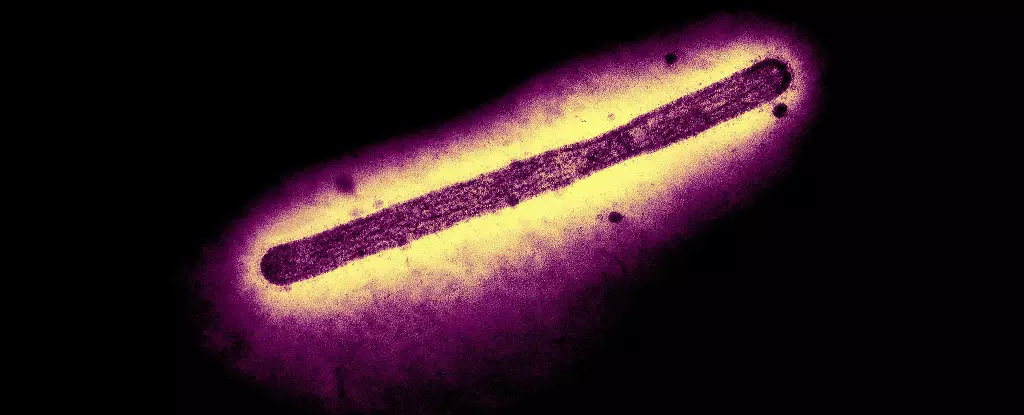Bird flu, or avian influenza, has re-emerged as a pressing concern in the United States as experts confront alarming developments involving both human and feline transmissions of the H5N1 virus. This particular strain of avian influenza has raised eyebrows not only for its potential human health risks but also for its unusual manifestation in domestic pets, such as cats. An incident in Louisiana involving a hospitalized elderly patient suffering from a severe H5N1 infection has prompted a closer examination of the virus’s ability to adapt, signaling a need for heightened vigilance in public health responses.
The Centers for Disease Control and Prevention (CDC) recently reported on the case of an elderly individual in Louisiana who is in critical condition due to H5N1. What has raised concerns among health officials is the identification of genetic mutations in the virus sample taken from this patient. These mutations suggest a possible adaptation to better bind to human cells, specifically those located in the upper respiratory tract. While this finding creates a sense of urgency, health authorities assert that there’s currently no evidence of the mutated strain being transmitted between humans.
Virologists emphasize that while the alterations could facilitate viral entry into human cells, establishing a causal link between these changes and heightened transmissibility requires further research. For instance, experts like Angela Rasmussen and Thijs Kuiken remind us that the adaptation to human airway receptors doesn’t automatically lead to increased transmission rates or more severe disease. The historical context reveals that similar mutations have been detected in past patients without resulting in widespread outbreaks, suggesting that surveillance and ongoing study are critical to understanding the path forward.
As of 2024, the CDC has confirmed 65 cases of human infection, though this figure may advance upwards as many cases go unreported among those in the poultry and dairy industries. The pervasive nature of the bird flu is troubling, considering the potential for the virus to mix with seasonal influenza strains. Such genetic blending could lead to new viral variants with unforeseen implications for human health. Historically, rapid evolutionary changes have spurred significant pandemics, as seen in 1918 and 2009. As avian influenza circulates widely, the stakes for pandemics escalate, particularly in a world already reeling from recent global health crises.
Moreover, reports concerning infections in cats add another layer of complexity to the current situation. The death of an indoor cat in Oregon, linked to contaminated raw food, highlights an unsettling trend. It raises pressing questions about how avian flu could affect domestic pets and, subsequently, human populations when these animals return to their homes. With cats being common household pets, the intersection between animal health and public health is undeniable, creating a plausible pathway for transmission.
The recent emergence of avian flu cases in various species of cats has come under scrutiny. A notable incident in Washington state involved the tragic death of twenty big cats at a sanctuary, underscoring the potential for the virus to impact not just pet cats but larger feline populations as well. The Wild Felid Advocacy Center has raised awareness of the need to monitor and manage outbreaks in domestic and wild cats alike. The implications of this risk are profound—infected cats could act as vectors, exposing humans to the virus through physical contact.
Public health officials have called for increased awareness about the risks associated with pet food sourced from contaminated environments, reminding pet owners about the importance of safe food handling practices. The recent recall of contaminated pet food underscores the broader theme of public safety that transcends species, as our interconnectedness with animals becomes increasingly relevant in discussions about infectious disease.
The continuing spread of avian influenza, especially concerning its potential human and feline infections, necessitates a multi-faceted approach to public health. While the adaptations observed within the H5N1 virus spark concern, understanding their implications requires ongoing study and vigilance. Collaboration between health organizations, veterinarians, and the public is crucial to ensure comprehensive monitoring and intervention strategies.
As we navigate this complex landscape, the lessons learned should guide our preparedness and response to future infectious diseases that may emerge from animal reservoirs. Balancing the health of human populations with that of our animal counterparts will be vital in mitigating the risks inherent in such zoonotic diseases. The time to take action is now, armed with knowledge and a commitment to safeguarding both human and animal health.

